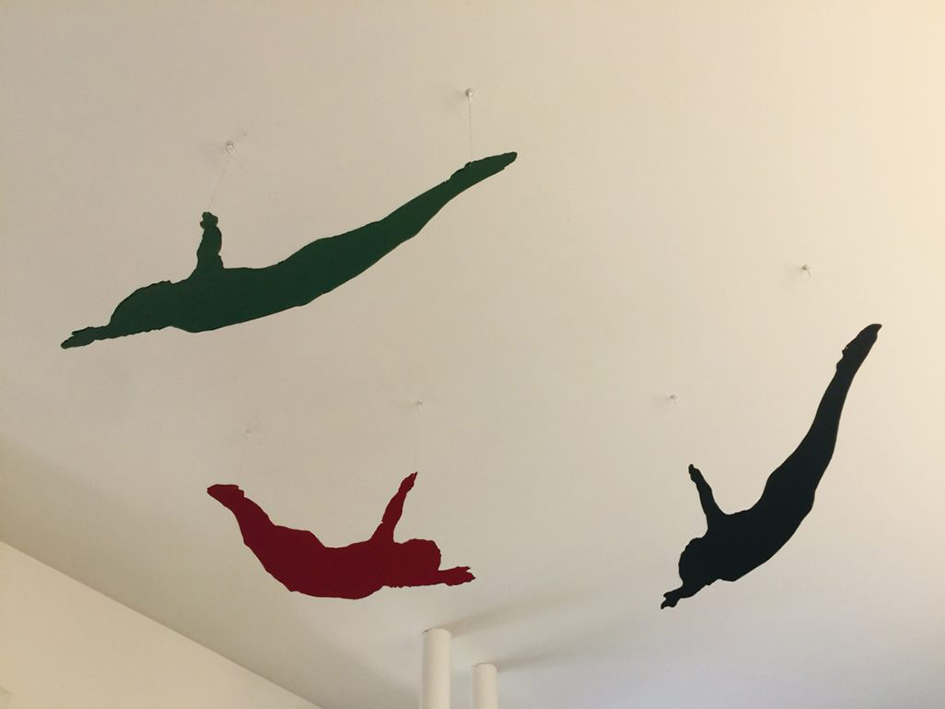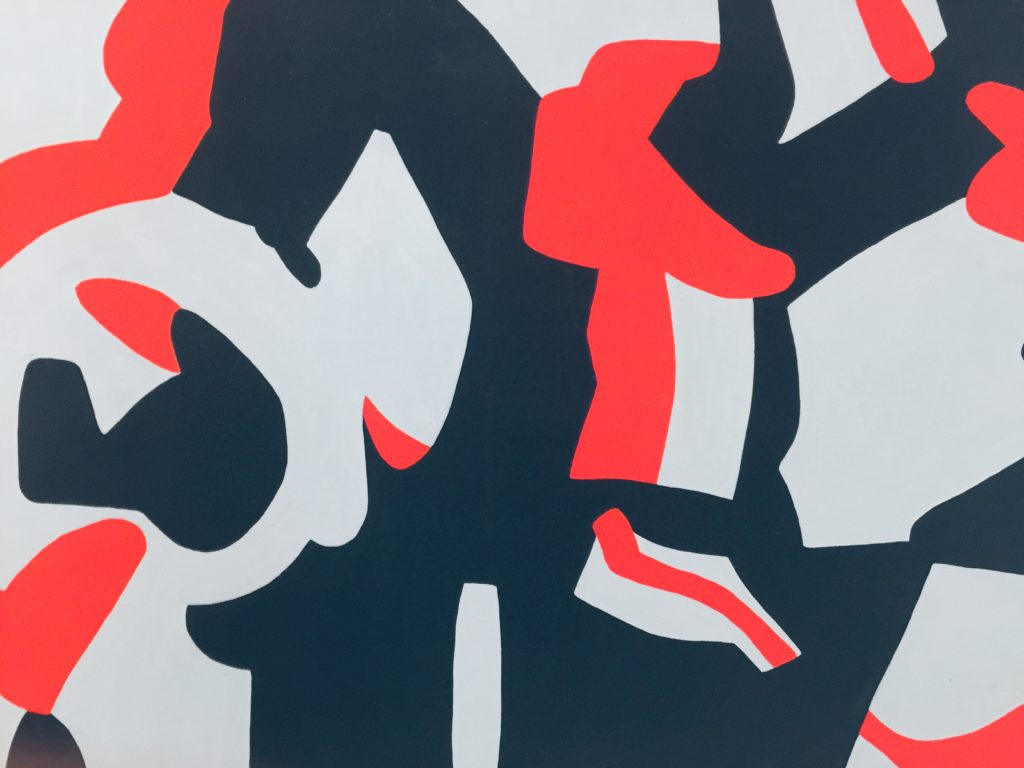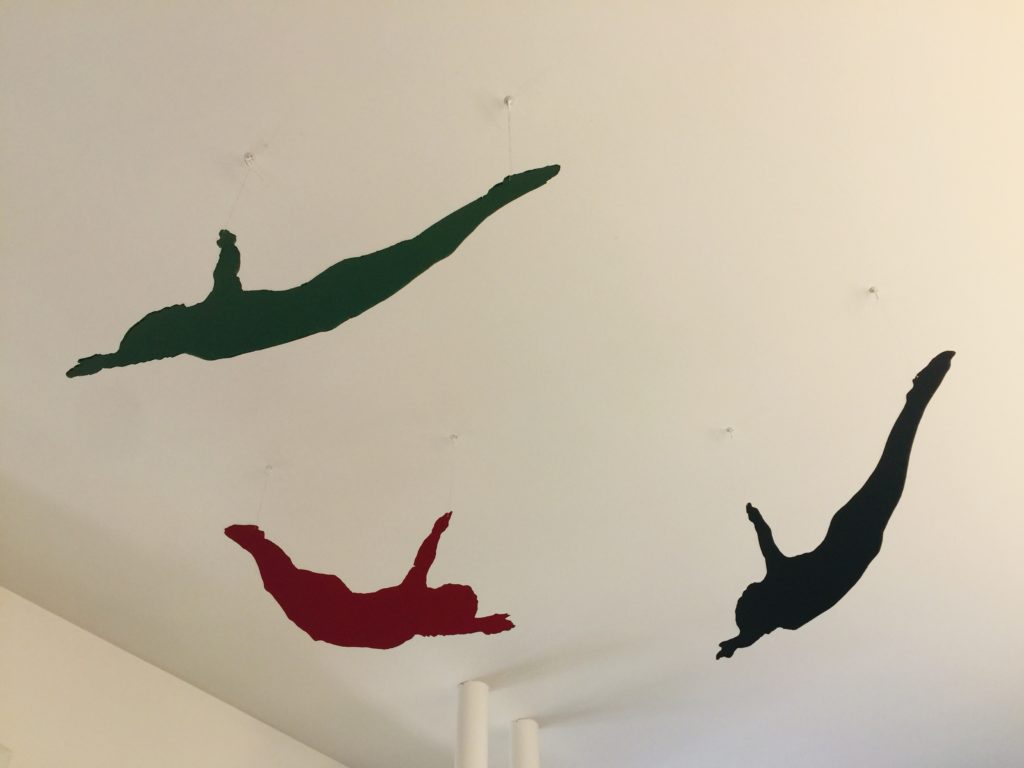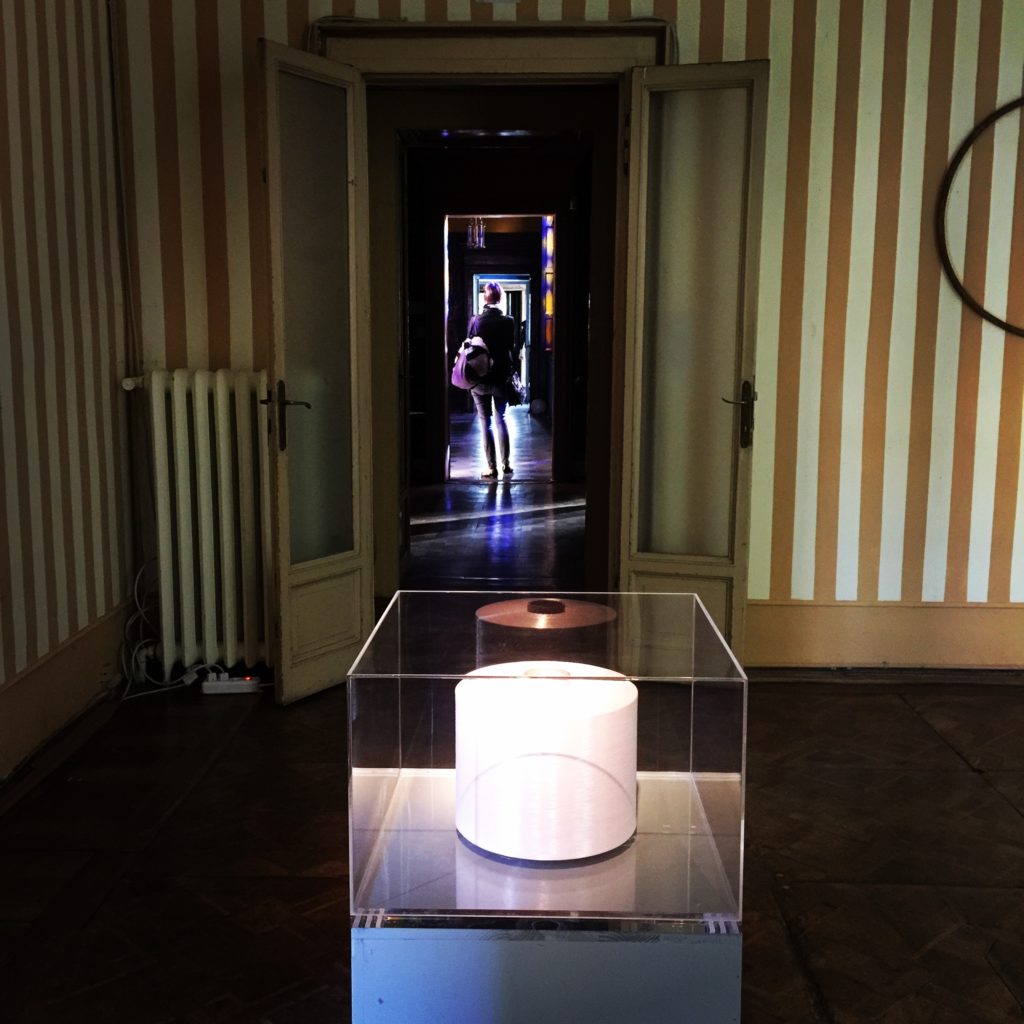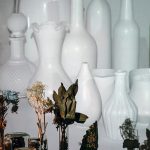Scroll down for English version
ART / LIFE … con sguardo antropologico all’arte
Quanto affascinante è pensare che l’arte può influenzare i nostri comportamenti e pensieri?
L’opera d’arte a differenza di qualsiasi oggetto/prodotto/manufatto deriva da un processo di creazione in cui l’artista si confronta in modo libero con le parti più intime e profonde dell’animo attingendo alla vita e guardando ad essa con un filtro straordinario: sensibilità, intuito, sapienza. Un mix speciale rende l’uomo artista creatore.
È mio interesse però soffermare l’attenzione sul potere intrinseco dell’opera d’arte, la sua capacità nel modificare l’uomo e la società intesa come insieme di individui.
L’antropologo Alfred Gell nel 1998 dichiarava nel suo trattato “Art and Agency an Anthropological Theory” che l’arte è dotata di “agency” e questa azione si evidenza nelle relazioni umane che ne conseguono. Attorno ad ogni pera d’arte gravita un mondo fatto di persone che nel corso degli anni e dei secoli sono immancabilmente legate e connesse a quell’opera e di conseguenza collegate fra loro.
Ogni opera è un dispositivo di relazioni inesauribile.
Carla Accardi
Il progetto di ricerca di Antropologia dell’Arte condotto alla Trentino Art Academy quest’anno dal titolo ARTE / VITA. L’opera d’arte parte del nostro vivere quotidiano è stato rivelatore nel tradurre e decodificare con uno sguardo puramente antropologico anni di mia professione nell’arte contemporanea, non tanto rivolta verso i musei bensì alla società, alle persone, cercando connessioni, incroci, interessi comuni fra l’arte e la nostra vita.
Ritengo sia tempo di trovare nuove forme di riflessione sull’arte e nuove modalità di azione, nuove figure professionali, nuovi “curatori” che si prendano cura di ciò che sta fuori, che sviluppino competenze extra artistiche da mescolare alla propria conoscenza settoriale per dare un senso e per migliorare il mondo in cui viviamo.
Queste dunque le premesse del corso di Antropologia dell’Arte che ha portato ad un viaggio nella storia dell’arte contemporanea analizzando il rapporto artista – opera – società a partire da Marcel Duchamp, Walter Banjamin, Nicholas Burriaud, Yona Friedman e altri illustri pensatori che hanno descritto dal punto di vista della propria disciplina gli effetti a livello di percezione che l’opera d’arte ha avuto nello sviluppo dell’uomo, del suo pensiero e della sua cultura.
Divisi in gruppi, gli studenti hanno analizzato e confrontato l’opera di un artista storico con l’opera di un artista di generazione più giovane a loro assegnati, sottolineando le tipologie di intervento – opere / progetti / azioni / processi – che l’artista ha innescato con vari settori della società.
Tanti gli spunti emersi oltre che una visione molto attuale della cultura artistica contemporanea che cerca modalità varie di evasione alla ricerca di una partecipazione attiva. Il collettivo Labinac di Jimmie Durham e Maria Thereza Alves, in cui in modo squisitamente artistico vengono progettate opere di arte abitabile, art-design in pezzi unici che guardano all’opera di Durham con la forza e il bagaglio valoriale di Maria Thereza Alves.
Cesare Pietroiusti che dagli anni Novanta ha aiutato con il suo lavoro a creare massa critica e alimentare l’arte relazionale di cui il mondo della cultura ha tanto bisogno, dal Progetto Oreste alla sua ultima mostra al Mambo di Bologna dove ogni visitatore è stato parte integrante dell’opera. Con lui, anche Gianfranco Baruchello si è dedicato a creare piattaforme creative alternative: Agricola Cornelia, un’azienda agricola, essa stessa opera d’arte, volta a creare uno spazio diverso d’incontro e di produzione artistica, fucina di idee, progetti.
Parlando di relazioni, arte e società non è stato tralasciato Joseph Beuys, l’artista sciamano che ha rivoluzionato il modo di pensare al rapporto uomo e natura. L’artista più completo, complesso e carismatico della fine del Novecento affiancato a Nico Vascellari e alle sua contagiosa visone punk applicata all’arte, al video, al suono al suo bisogno imprescindibile di cambiamento.
Michelangelo Pistoletto e Fabrice Hyber artefici entrambi del progetto Woolways in cui gli artisti si sono messi a disposizione per una crescita della società a partire dal collegamento con le imprese.
Getulio Alviani, l’artista più “esatto” che ha severamente ( e giustamente ) criticato la nostra società fino all’ultimo. Troppo rigore, pulizia e perfezione in lui come nelle sue opere che non hanno mai lasciato spazio all’imperfezione, allo scarto, alla sbavatura. Di temperatura più calda ma altrettanto analitica l’opera di Riccardo Previdi, ben più giovane di Alviani ma come lui vicino al mondo del progetto, dell’architettura e del potenziamento dell’opera con stimoli visivi e percettivi per chi la osserva.
Luigi Ontani, opera d’arte vivente, uomo camaleonte che ha declinato la sua poetica in ogni suo respiro, in ogni porzione del suo corpo, del suo atelier e della sua modalità di vivere. Con Mirabilia ci ha regalato dei pezzi di arte abitabile che rifuggono gli spazi espositivi per arredare le camere da letto di fortunati collezionisti ma che potrebbero benissimo far parte di mostre museali. Con lui Dontella Spaziani e la sua visione proprio spaziale dell’opera, così radicale da sentirsi anch’essa quasi più a suo agio su supporti che appartengono al vivere quotidiano come le carte da parati o le stoffe di rivoluzionarie sedute da lei create.
Chiudiamo la lista di artisti trattati con un confronto diretto fra maestro e allievo, oggi entrambi grandi artisti internazionali, Alberto Garutti e Patrick Tuttofuoco. Di matrice concettuale, la relazione è la base del lavoro per Garutti. La sua poetica risuona in Tuttofuoco che però si spinge verso contesti più “up to date” come Yoox o progettando carte da parati opera, ovunque l’uomo moderno e la società che lo circonda sono piattaforme di sperimentazione pura.
Non un’analisi critica del lavoro di questi artisti ma un’indagine di come questi dimostrano, ognuno a modo proprio con premesse diverse e risultati altrettanto diversi, una voglia di confronto con tutto ciò che non è arte. Per partire da essa e ritornare opera.
***
ART / LIFE… with an anthropological look at art
How intriguing is it to think that art can influence our conduct and our thoughts?
A work of art is unlike any object / product / artefact, since it derives from a process of creation in which the artist freely confronts the most intimate and deep parts of the soul by drawing on life and looking at it through a unique filter: sensitivity, intuition, wisdom. A special mix makes a person into a creative artist.
It is my intention, however, to focus attention on the intrinsic power of the work of art, its ability to modify humanity and society understood as a group of individuals.
The anthropologist Alfred Gell in 1998 declared in his treatise “Art and Agency an Anthropological Theory” that art has an “agency” and this action is highlighted in the ensuing human relationships. Around each work of art there gravitates a world made up of people who, over the years and centuries, are invariably linked and connected to that work, and consequently connected to each other.
Each work is an inexhaustible mechanism of relationships.
Felice Levini
The Anthropology of Art research project conducted at the Trentino Art Academy this year is entitled ART / LIFE. The work of art that is part of our daily lives was revealed in expressing and decoding my years of vocation in contemporary art with a purely anthropological gaze, not so much directed towards museums but to society, to people, seeking connections, intersections, common interests between art and our lives.
I think it is time to find new forms of reflection on art and new ways of action, new professional figures, new “curators” who will take notice of what goes on outside their field, who will develop extra-artistic skills to mix with their own knowledge of the sector in order to make sense of and improve the world in which we live.
These, therefore, are the premises of the Anthropology of Artproject led to a journey through the history of contemporary art by analysing the relationship between artist – work – society starting from Marcel Duchamp, Walter Benjamin, Nicolas Bourriaud, Yona Friedman and other illustrious thinkers who have described from the perspective of their own discipline the effects upon the level of perception that works of art have had in the development of humanity, our thought and our culture.
Divided into groups, the students analysed and compared the work of an artist from the past with the work of an artist from a younger generation to which they were assigned, highlighting the types of participation – works / projects / actions / processes – that the artist has triggered with various sectors of society.
So many ideas have emerged in addition to a very modern vision of contemporary artistic culture seeks various ways of escape in search of active participation. The Labinac collective of Jimmie Durham and Maria Thereza Alves, in which works of habitable art are designed in an exquisitely artistic way, art-design in unique pieces that behold Durham’s work together with the strength and value of Maria Thereza Alves.
Cesare Pietroiusti who since the 1990s has helped with his work to create critical mass and to nourish the relational art that the world of culture is so badly in need of, from the Oreste Project to his most recent exhibition at the Mambo in Bologna where every visitor was an integral part of the work. With him, Gianfranco Baruchello also dedicated himself to creating alternative creative platforms: Agricola Cornelia, a farm, itself a work of art, aimed at creating a different space for meetings and artistic production, a breeding ground for ideas, for projects.
Speaking of relationships, art and society, Joseph Beuys, the artist shaman who has revolutionized the way we think about the relationship between man and nature, was not overlooked. The most complete, complex and charismatic artist of the late twentieth century alongside Nico Vascellari and his contagious punk vision applied to art, video, sound and to his vital necessity for change.
Michelangelo Pistoletto and Fabrice Hyber, joint architects of the Woolways project in which the artists made themselves available for a growth of the company, beginning from a business connection.
Getulio Alviani, the most “precise” artist who severely (and rightly) criticized our society to the very end. There was so much rigour, cleanliness and perfection, in himself as in his works, that never left room for imperfection, waste, or smudging. The work of Riccardo Previdi is warmer but equally analytical, much younger than Alviani but like him close to the world of design, architecture and enhancing the work with visual and perceptive stimuli for the viewers.
Luigi Ontani, living work of art, a chameleon man who has set out his poetry in every breath, in every portion of his body, his studio and his way of life. With Mirabilia he has given us pieces of living art that eschew the exhibition spaces to decorate the bedrooms of lucky collectors but that could very well be part of museum displays. Alongside him, Donatella Spaziani and her own work – space vision, so radical as to be equally at ease with the background supports of our everyday life such as wallpapers as with the fabrics of the revolutionary seats she has created..
We close the list of considered artists with a direct comparison between teacher and student, both of whom are now great international artists, Alberto Garutti and Patrick Tuttofuoco. A conceptual matrix in which relationship is the basis of Garutti’s work, whilst poetry resonates in Tuttofuoco but pushes into more “up to date” contexts such as Yoox or in his work designing wallpapers, everywhere that modern humanity and their surrounding society can be platforms of pure experimentation.
Not a critical analysis of the work of these artists but an investigation of how they demonstrate, each in their own way with different premises and equally different results, an urge to confront everything that is not art. To use it as a starting point to make new creations.
Alberto Garutti

